Here is your beginner’s guide to Greek wines. We’ve covered what wines in Greece to drink, where to find them, and what to look for. Cheers.

Winemaking is a very old tradition that comes from ancient times in Greece. Specifically, during the rule of the Roman Empire, Greek wine was a highly appreciated good all over the Mediterranean.
A tradition that has been almost continuously maintained until today (with the exception of the times of Ottoman rule in Greece). Greek wine is produced, bottled, and successfully sold to many countries worldwide.
Skip Ahead To My Advice Here!
Wine Regions In Greece

There are many different wine regions all over the country, both in mainland Greece and the Greek Islands. Old and new wineries with cutting-edge techniques and modern facilities are quickly changing the way in which Greece makes and drinks wine.
Gone are the times when Greece was known for its retsina wines. Times have changed, and the refined Greek wine panorama is leaving a long-lasting impression all over the world.
Most of these wineries have learned to combine wine and tourism, giving birth to a flourishing enogastronomic industry that combines discovering the country and its wine and food flavors. There are dozens of Greek wineries, often established at the edge of extensive and well-curated vineyards, setting the trend and making a difference in local economies.
The most important wine regions in Greece are:
Northern Greece
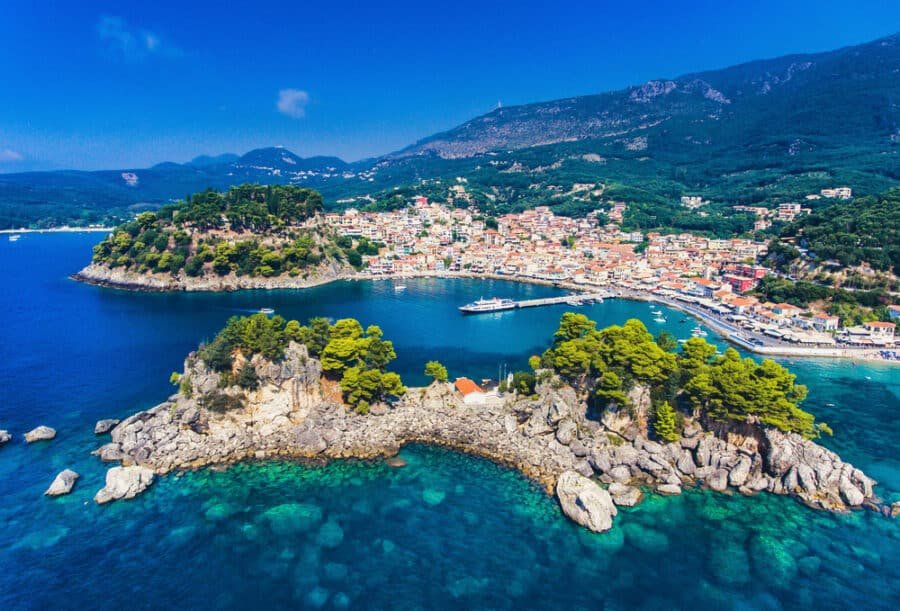
The region includes the areas of Epirus, Macedonia, and Thrace. The climate is more continental than Mediterranea and sees more wind, rain, and snow than other parts of Greece.
For this reason, local wineries often focus on white and sparkling wines. The area is also home to one of the main grape varieties for reds, Xinomavro, often nicknamed as the Barolo of Greece, with high tannin and medium acidity. Another crucial local grape is Malagousia, a white variety that makes for a rich white wine with a soft, fruity finish.
- White Grapes: Malagousia, Roditis, and Assyrtiko, often blended with international varieties such as Chardonnay or Sauvignon Blanc
- Red Grapes: Xinomavro as well as international grapes
Aegean Islands

The Aegean region includes the islands of Santorini, Samos, Limnos, and a few more. Santorini, for instance, is home to the most famous Greek white, Assyrtiko. The island produces some of the country’s best labels. Another star in Santorini is Vinsanto, a sweet sun-dried wine made from white grape varieties (the local trio of Assyrtiko, Aidani, and Athiri grapes).
Samos island is another fantastic location when it comes to dessert wines. The place is believed to be the birthplace of Muscat Blanc. The island’s most representative wine is Muscat of Samos, either dry or sweet, and the popular Vin Doux, a blend of fresh Muscat juice and Muscat grappa.
Finally, the Greek island of Limnos is home to the charming red wine variety from the Limnio grape.
- White Grapes: Assyrtiko (Santorini), Muscat Blanc (Samos), Aidani, Athiri, Malvasia
- Red Grapes: Limnio, Mavrotragano, Mandilari (especially in Paros), Mavrotragano
Central Greece
The region includes the center of the country, Thessaly and Attica. The region, standing east of the Pindos Mountain range, features a unique climate similar to the one in Sonoma Wine Country. The area is not as green as northern Greece, with higher temperatures closer to the Attica region. The north area of central Greece focuses more on red wines, with the top vineyards on the slopes of Mount Olympus. As you move south into the hotter and more arid climates of Greece, there is white wine.
In this region, it is common to find lots of Savatiano, the most popular white grape in the country; it once used to produce cheap table wine but is now considered a grape with plenty of possibilities to give curated whites, even some good quality Retsina. Retsina is a wine infused with sap from an Aleppo pine tree, very popular in the past as a cheap wine. However, it is now being produced innovatively, resulting in exhilarating new possibilities for this wine of humble origins.
- White Grapes: Savatiano, Malagousia, Assyrtiko, and Athiri
- Red Grapes: Xinomavro Agiorgitiko, Krasato, Stavroto, Limniona, Vradiano
Southern Greece
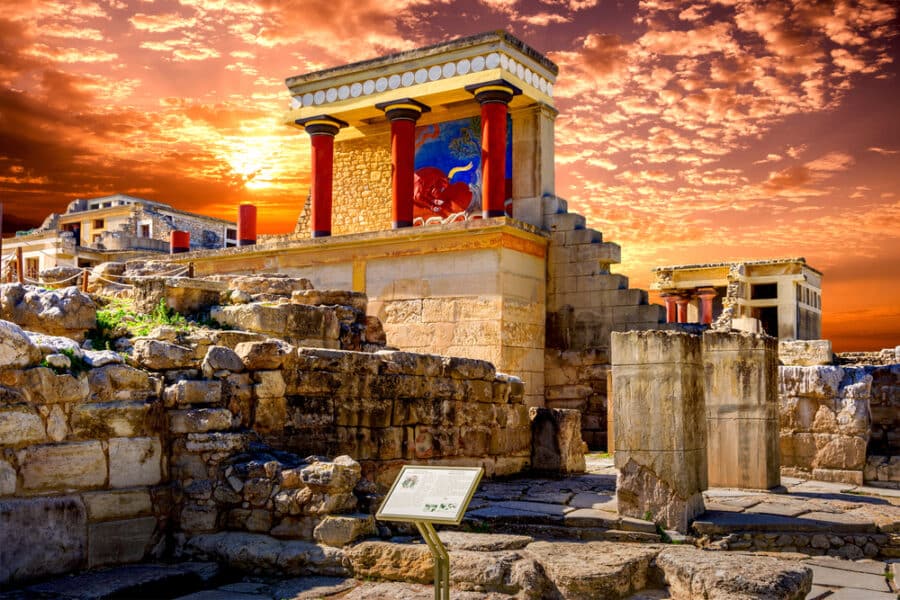
One of the country’s most extensive and interesting wine regions, including Crete, the Peloponnese, and Kefalonia.
The area’s most important trait is the hot Mediterranean weather, featuring dozens of delightful aromatic white wines.
According to many, Crete, the largest Greek Island, is the region that produces some of the best wines in the country. Crete is arguably among the oldest wine-producing regions in the world. Thanks to the unique terrain and microclimate, it has several indigenous varieties that produce fantastic wines.
The island boasts over 12 native grape varieties, with the white Vidiano and the red Kotsifali the most important ones. Another red variety, Liatiko, makes aromatic red wines and sweet sun-dried wines very intense in aromas and flavor.
The region of Nemea, the largest wine producer in Greece, is in the Peloponnese, and it is known for its famous grape, Agiorgitiko. This variety entails full-bodied reds with smooth tannins and fruity hints, similar to Merlot. Moving to the center of the Peloponnese, Moschofilero is an aromatic, dry, white wine that smells of peach and lemon. On the other side, both the northern area of the Peloponnese and the island of Kefalonia produce sweet red wines with Mavrodaphne grapes and fantastic wines from Roditis and the somewhat rare Robola white.
- White Grapes: Moschofilero, Muscat Blanc, Robola (Kefalonia), Vidiano (Crete), and Roditis, among others
- Red Grapes: Agiorgitiko (Peloponnese), Mavrodaphne (Kefalonia and the Peloponnese), Kotsifali (Crete), Liatiko (Crete), Mandilaria (Crete)
Brands We Use And Trust
Most Popular White Wines In Greece
Savatiano
Although it was primarily used for unpretentious table wines and retsina, Savatiano remains a top popular variety, with several producers concentrating on the quality, bringing great Savatiano labels to the market.
Malagousia
This is an ancient Greek grape that produces aromatic dry wines as well as dense and aromatic dessert styles. These wines are full-bodied and rich while remaining fresh, pleasant, and lively.
Robola
Another ancient variety from Central Greece and the Ionian Islands, namely Kefalonia, home of the only Robola appellation. The grape produces refreshing whites with good acidity and a medium body. The best examples typically come from higher altitudes.
Moschofilero
This Peloponnese grape is an aromatic and late-ripening variety that gives wines with bright and crisp acidity and fresh floral notes.
Assyrtiko
A variety that is native to the island of Santorini but is also present on other islands, with somewhat high acidity, offering dry, full-bodied white wines with citrus aromas and good potential for long aging.
Most Popular Red Wines In Greece
Agiorgitiko
This stands as the most widely planted red grape variety in Greece, cultivated in several regions such as Nemea, where this grape initially comes from. Nemea is the most important area to find this versatile grape giving different types of wines, from full-bodied reds to young, light red wines, fresh rosés, and dessert wines.
Xinomavro
The second most planted dark-skinned grape in Greece is a noble red grape mainly cultivated in northern Greece, often compared to the Italian Nebbiolo. It offers dry red wines with a solid savory character and good acidity, with the best examples coming from Naousa.
Mavrotragano
This old Greek variety was primarily used in dessert wines and blends. Recently, some Santorini wineries have taken a different approach offering dry wines made with fruity and spicy notes, bright acidity, and velvety tannins.
Kotsifali
Kotsifali is a red-skinned variety from Crete producing aromatic wines that are high in alcohol but usually lack acidity and color; therefore, it is a variety often used in blends. Kotsifali produces light, balanced wines with a fruity character and hints of herbs and spices.
Limniona
Another Greek grape from the region of Thessaly produces dry red wines that are smooth and elegant with herbal notes. These wines will typically have high acidity and soft but firm tannins.
Wineries On The Greek Islands That You Must Visit
Chances are that, if you are reading this article, you will soon be visiting the islands and enjoying some quality time by the beach or discovering ancient sites and ruins of the past. But the islands have more things to do than you imagine, and wine tasting is certainly one of the things not to miss.
If you are visiting the Greek Islands this summer, then make some time to see at least one of the following wineries. And then come back, thank us later!
Hatzidakis Winery (Santorini)
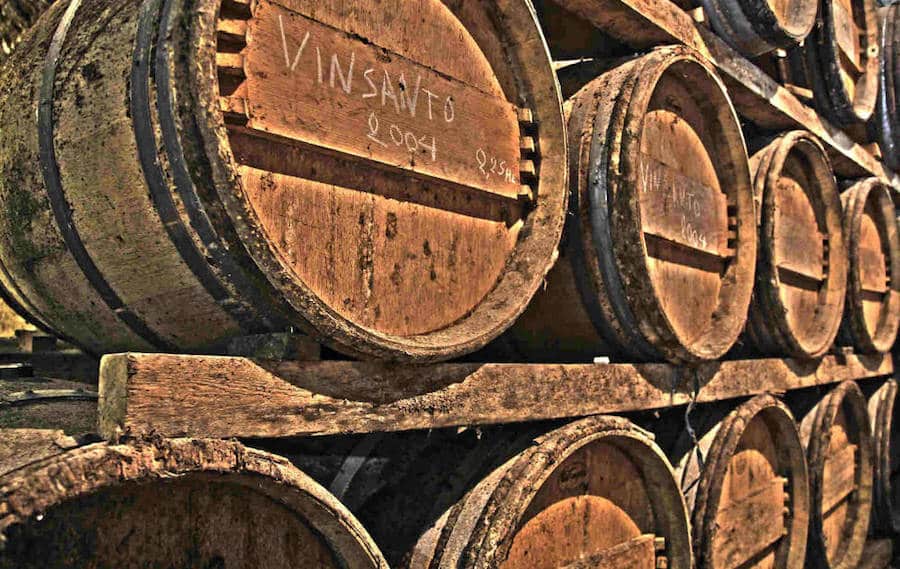
During the visit to one of the island’s most innovative and creative wineries, you will find over ten hectares of vineyards located in the central part of Santorini. The winery focuses on producing organic wines, enriching and enlarging the local grape varieties. Visits and wine tastings can be organized here.
Lyrarakis Winery (Crete)
Fourteen hectares of vineyard in the village of Alagni featuring rare local varieties and producing unique wines with very distinctive characteristics. This is a family-run winery on the island in the wine region of Heraklion, which has proudly revived different local varieties that were almost on the verge of extinction, including Plyto, Daphne, and Melissaki varieties. To visit the winery, it is always better to look for details on their website and choose the kind of degustation and menu you intend to enjoy during the visit.
Moraitis Winery (Paros)
This is another family winery that started in 1910 and has, since then, been in the same family. On their premises, visitors won’t only be able to taste their delicious wines but also pay a visit to their wine museum, the wine cellar, and the vineyard. Back in those days, the first owner used to trade wine with mainland Greece using his own ship.
Nopera Winery (Samos)
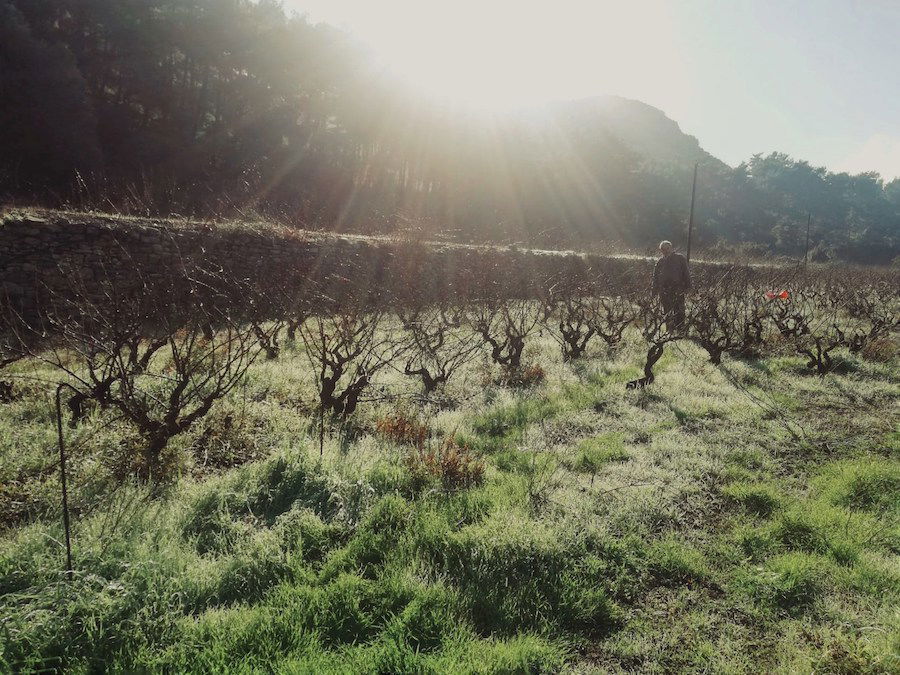
The history of this winery goes back to the nineteenth century when the family moved from Malta to Samos. On the island, they specialized in producing sweet Samian wine of the white muscat variety. The winery currently focuses on creating an organic and biodynamic vineyard and has created a unique sweet and dry Muscat of Samos.
Lefkas Earth Winery (Lefkada)
The winery is situated in the area near Sivota and offers a free tour with a variety of tasting possibilities. At the venue, visitors are invited to discover also an olive oil museum featuring an ancient olive press.
Manousakis Winery (Crete)
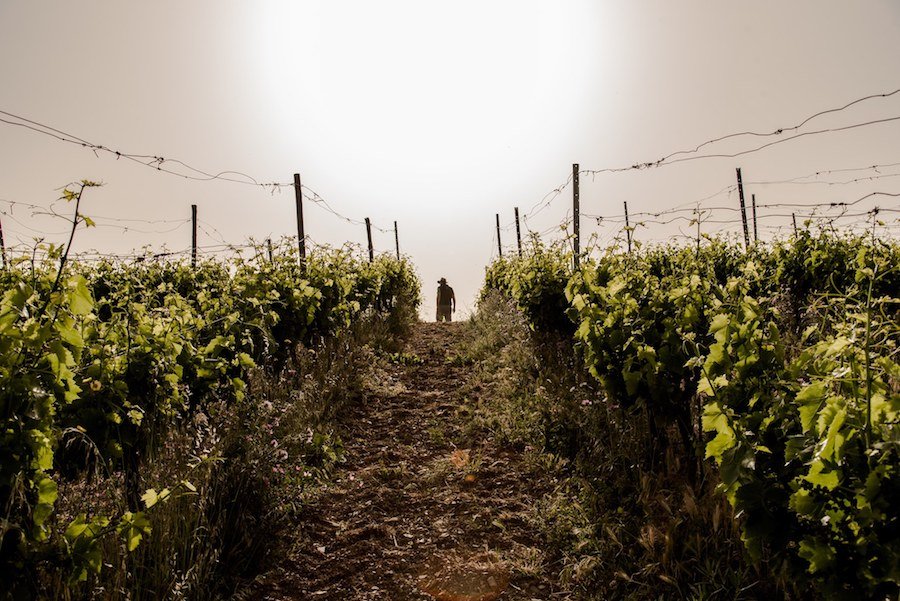
Manousakis Winery is another important Cretan winery, this time in the region of Chania, located in the small village of Vatolakkos and run by the young and successful Alexandra, producing exclusively organic wines. The winery offers different wine tasting possibilities and the option to taste their own Tsikoudia, a typical local spirit often known as Raki on the island. You can enrich the visit with wine tours, lunch, cooking classes, or wine tastings.
Korres Family Winery (Naxos)
A family-run winery focuses on producing just three labels on the beautiful island of Naxos. The red and the rosé Evi Evan are made from the Fokiano grape variety and a marvelous white that is a blend of Muscat, Monemvasia, Savvatiano, and Aidani. The winery is located in the village of Agia, in Koronida. It is necessary to call them before a visit.
Korres Family Winery Phone: +30 6973.330.045
Mykonos Vioma Organic Farm (Mykonos)
This organic farm gives life to three wines from grapes that are cultivated using organic and biodynamic methods. The wines are the white Paraportiano, made from a blend of Assyrtiko and Athiri; the red Paraportiano, made from Agiannitis and Mandilari; and a sweet wine, the Heliofilos, a superb sweet wine from sun-dried raisins from Mandilari Malagousia. Although the vinification does not take place on the premises, visitors can still come and enjoy a wine tasting visit, as well as witness the harvest and taste fresh produce from the farm, including vinegar, vine leaves, and molasses from grapes, honey, and different vegetables. Everything organic, of course!
- How To Tip In Greece
- Car Rental And Driving Tips In Greece
- Where To Stay In Greece To Avoid the Crowds
- What To Expect & Do In September In Greece
- Things To Do In Greece During The Winter
- Packing Tips For Greece
- How To Order Coffee In Greece
- How To Get From Santorini To Crete
- Best Beach Resorts In Greece
- Most Beautiful Cities In Greece
- A Guide To Kos Island
- Fascinating Facts About Greece

